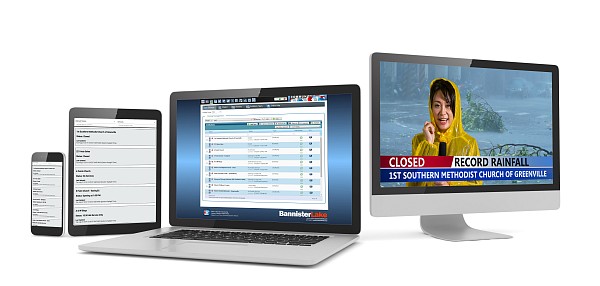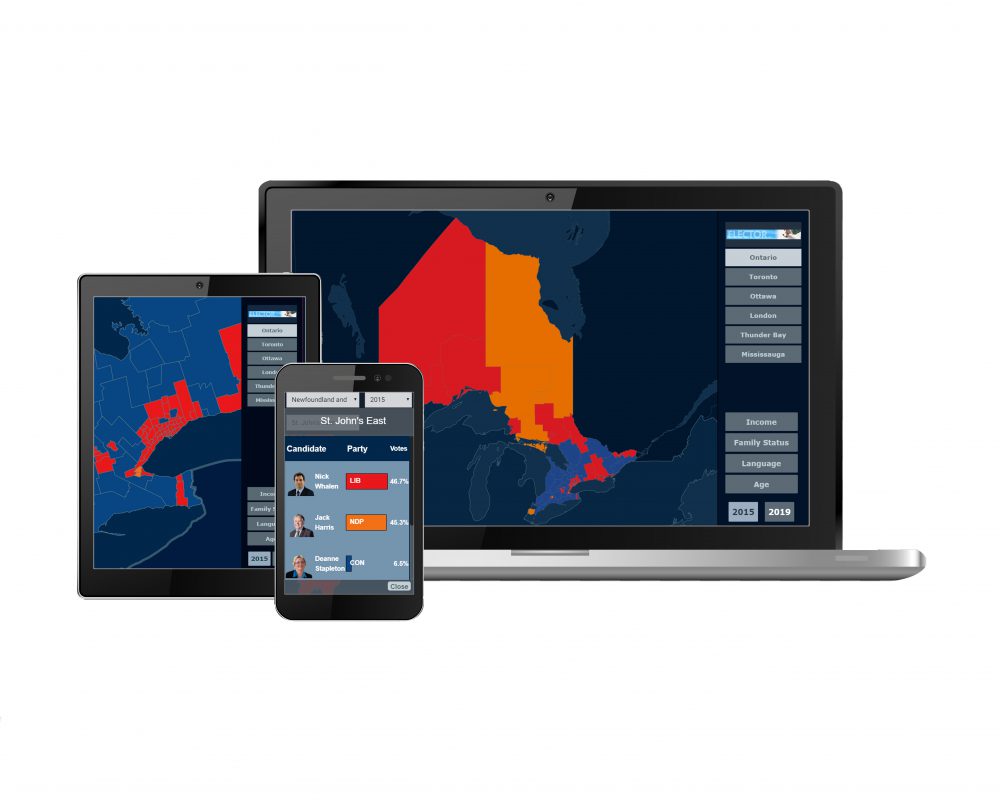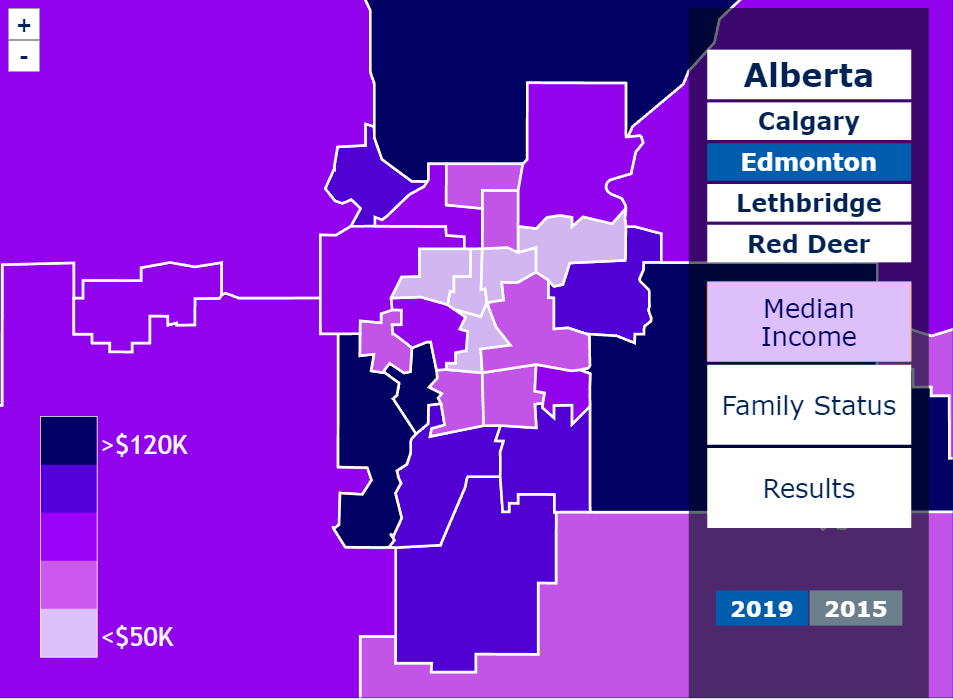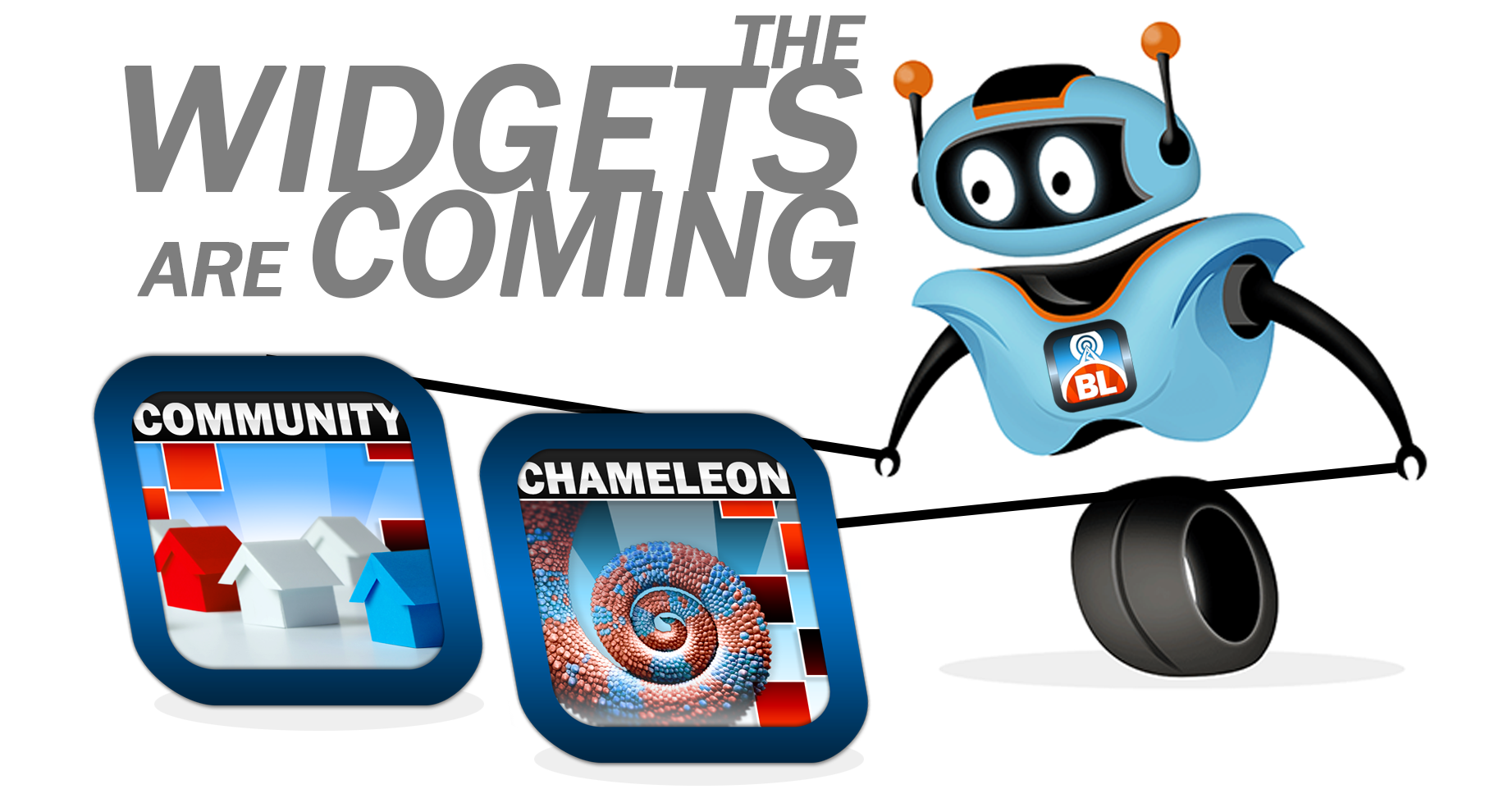As the school year kicks off, Bannister Lake is ensuring that audiences across all platforms are properly and consistently informed about school closings. The Closings module within Bannister Lake’s Chameleon data management solution works in concert with the company’s Community cloud-based public access portal to make it easier for local television and community information channels to aggregate and distribute closing alerts to their viewers. When inclement weather, emergency situations, or labor disruptions arise, Closings provides schools, houses of worship, community centers, and other institutions the ability to quickly alert the public of cancellations or schedule changes.
The Closings module is included with Chameleon and enables broadcasters to group and playlist sets of institutions by type or geographic region. This capability allows tickers and other graphics to display organized sets of impacted institutions to inform audiences more effectively. A status function within Closings allows institutions to quickly and easily update their status when conditions change, ensuring that viewers are always kept up to date.
The Community portal is also included with Chameleon and provides an easy-to-use and secure gateway for institutions to enter predetermined closure-related details for broadcast. In addition, Google Sheets can be used to create a collaborative closings notification workflow that can be shared across an entire campus, or with a multi-location institution, spread over a large geographic area that requires a centralized management process.
“Chameleon’s Closings and Community modules work in tandem to deliver crucial closing information to viewers,” said Georg Hentsch, president, Bannister Lake. “We’ve developed a solution that allows broadcasters and the public to join forces and get this specific kind of news on the air quickly and accurately.”
Chameleon’s on-board RESTful API allows users to create subsets and reformat closings data and distribute content to web pages, mobile devices, and digital signage systems. Data can also drive custom web widgets to take advantage of animation and mapping to improve the dissemination and presentation of information to reach more viewers online.
Beyond Closings, Community can also be used to drive a variety of hyper-local content types that originate with viewers, including local sports scores, community events calendars, and public service announcements.






